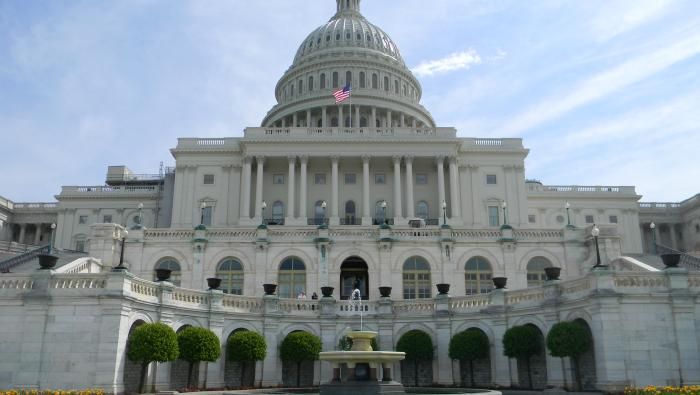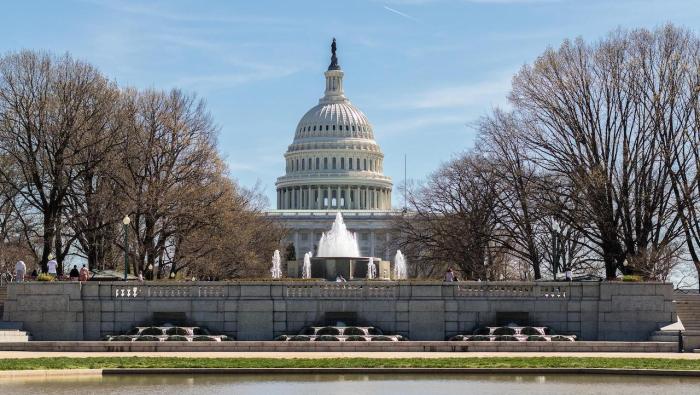As editor of AINalerts, I recently asked readers to share their accounts of 9/11, so I thought it only fair to share my own story from that tragic day. At that time, I was living in Northern New Jersey and working out of AIN’s editorial offices in Midland Park, N.J.
About a week before 9/11, AIN editor Nigel Moll and I met with Roger Mola, an AIN contributing writer who still lives in Washington, D.C., to talk about research he was doing for a book on Operation Skyshield. Nigel and I had never heard of Skyshield, so we were eager to hear about it.
Over lunch, Roger told us how the U.S. National Airspace System had been shut down to civil aircraft three separate times for Cold War military exercises in 1960, 1961 and 1962–Skyshield I, II and III, respectively. Nigel and I were intrigued, but considered the information “nice to know” at the time. Little did we realize it would become essential information just a week later.
Fast forward to 9/11. As I started my hour-long drive into the New Jersey office that morning, the cloudless blue sky immediately caught my attention. It was certainly a clear and a million day, and I thought what a great day it would be to go flying.
Auto traffic was a little more backed up than normal, and I knew I’d probably be a few minutes late to the office. No problem, as AIN allows some flexibility due to the unpredictable morning traffic in Northern Jersey.
During my commute, I was listening to the Scott & Todd show on New York City radio station WPLJ. At about 8:45 a.m. they announced that a “small airplane” had hit one of the World Trade Center towers. The DJs were watching a TV feed, and they soon said it might have been a “regional jet” instead. I started to imagine what kind of onboard emergency would cause an RJ to crash into a building and concluded that it was maybe smoke in the cockpit, as the pilots surely would have avoided the building had they been able to see it.
Eyewitnesses then started to call into the radio station to report what they had seen. It soon became apparent from their accounts that it had been an airliner, not an RJ, because they said the airplane had engines mounted under its wings. It was then that I began to realize the seriousness of the situation, as a Boeing or Airbus would cause far more carnage.
Just after 9 a.m., when I was two minutes from the office, WPLJ’s Todd said he saw another airliner approaching on the TV feed. He announced that it hit the other tower, immediately adding, “We are under attack! This was no accident.” I went numb.
As I neared the office, several of my colleagues were standing in the middle of a street around the corner from the office where they could see the New York City skyline from some 20 miles out. I was greeted with, “We just saw the fireball when the second airliner hit. We watched it.”
Thirty seconds later, I parked my car and ran to my desk. I immediately tuned a radio in my office to WPLJ and then called my wife to tell her the news. She was taking care of our two-year-old daughter, and I knew she likely had the TV tuned to a kids show. After tuning in CNN, she too was stunned.
That morning, I switched between half-heartedly editing stories for the October issue of AIN while listening to the radio reports and being huddled with others in Gordon Gilbert’s office. Gordon, AIN’s news editor at the time, had the only TV in the building. I watched the towers collapse on his small 13-inch screen with a fuzzy reception that morning, as well as the aftermath of the Pentagon attack and the smoking crater in Shanksville, Pa. We also learned from local New York City TV stations of the airspace closure, which they claimed was the first-ever closure in the U.S. However, thanks to our conversation with Roger, Nigel and I knew better and we informed colleagues that, in fact, this was the fourth, not the first, such closure.
After lunch, AIN editor-in-chief Randy Padfield assembled the editors in the conference room. We quickly came to the conclusion that 9/11, while obviously an enormous general media story, was also a huge “aviation news story,” and potentially the biggest one we would ever cover during our careers.
We started tossing around story angles and who could possibly cover them. We came up with quite a long list of ideas and decided to rip up most of the October issue, basically starting over to cover the terrorist attacks. We also decided to move up the printing schedule so we could get the issue to our readers sooner.
Given his recent contacts at the FAA and U.S. military for his planned Operation Skyshield book, we assigned Roger the story detailing how the National Airspace System was shut down. One by one, the other potential stories were finalized and assigned.
We all worked late in the office on 9/11–I didn’t get home until about 10 p.m. that night–and basically repeated the same long days over the next week to put together the revamped issue. Somehow we put a 128-page magazine together in about five working days.
It was exhausting, but we knew our readers would expect nothing less from us–AIN is, after all, the best source for aviation news and 9/11 was an aviation story. The entire AIN staff won the 2002 NBAA Gold Wing Award for the October 2001 issue. And Roger’s story on the ATC shutdown would also win an Aerospace Journalist of the Year Award. But we all would gladly forgo these kudos a million times if we somehow could turn back the clock and prevent the horrific attacks of that day.








